One of the most confusing things for many TV shoppers is deciding whether to buy an LCD or LED TV, and it doesn’t help that many public relations representatives and salespeople falsely explain what an LED TV is to their prospective customers.
What an LED TV Really Is
Getting down to the facts, the term “LED TV” is a marketing label to make consumers think that it is a different type of TV from an LCD TV. However, an “LED” TV is really an LCD TV that employs an LED backlight or edge light as the light source for an LCD screen panel.
Where the confusion comes in is that until about 2010, most LCD TVs used CCFL (cold cathode fluorescent) backlighting, but since about 2013 all LCD TVs use LEDs as their light source. LEDs provide purer light, and brighter light, and are more energy efficient than CCFLs. Also, LEDs don’t contain Mercury.
To be technically accurate, LED TVs should actually be labeled and advertised as LCD/LED or LED/LCD TVs.
The reason that a light source is needed in an LCD TV is that LCD pixels don’t produce their own light. Light has to travel through the LCD pixels, which contain red, green, and blue subpixels, in order for the TV to display images. The LCD pixels open and close to filter the amount of light passing through which determines the grayscale and colors to be displayed. There are currently three ways that LED lighting is applied in LCD TVs.
LED Edge Lighting
Edge Lighting is implemented with LED lights placed along the outside edges of the LCD panel. The light is then dispersed across the screen using “light diffusers” or “light guides.”

The main advantage of this method is that the LED/LCD TV can be made very thin. The disadvantage of Edge lighting is that black levels are not very deep and the light is distributed unevenly behind the LCD panel. This results in the edges of the screen becoming brighter than the center area of the screen.
An example of this is “spotlighting.” This is where the corners of the screen and/or “white blotches” are scattered across the screen. When viewing daylight or daytime interior scenes, this is not usually noticeable. However, when viewing night or dark scenes in a TV program or movie you may notice the unevenness in screen brightness.
LED Direct Backlighting

Another type of LED backlighting is referred to as Direct LED. In this method, several rows of LEDs are placed behind the entire surface of the screen. The main advantage of a direct LED backlight is that, unlike edge lighting, Direct LED distributes the light more evenly across the screen. However, changes in bright and dark scenes are not taken into consideration, so localized bright and dark areas within images are not displayed accurately.
LED Backlighting with FALD (Full Array Local Dimming)
As mentioned in the previous section, although Direct Lighting has an advantage over Edge-Lighting in terms of providing a more even distribution of light for the LCD Panel, it doesn’t support precise lighting control for light and dark scenes. However, more precise control can be implemented through FALD (Full Array Local Dimming).

With FALD, groups of LEDs can be dimmed or brightened independently within certain areas of the screen (aka zones). This provides more control of the brightness and darkness for each of those areas, depending on the content that is displayed.
Local Dimming on LED Edge-Lit LCD TVs
Some edge-lit LED/LCD TVs provide a form of “local dimming.” It may be labeled micro-dimming (Samsung), Dynamic LED (Sony), Aquos Dimming (Sharp), or another label. The local dimming effect on Edge-Lit TVs is obtained by using light diffusers and light guides. However, this is less precise than FALD.
Shopping Tip: If you are considering an LED/LCD Television, find out which brands/models use Edge, Direct, or Full Array light sources and take a look at models representing each type when you go shopping to see which looks best to you.
More LCD TV Variations
- A “QLED TV”, “Neo QLED TV”, or “Quantum Color TV” is an LCD TV with a layer of Quantum Dots placed between the LED backlight and LCD screen panel to improve color.

- “Mini-LED TVs” are LCD TVs that also use LED backlighting, but the LED light bulbs are much smaller, providing more precise control of the light passing through the pixels. A QLED TV may also employ miniLED backlighting.

- A “Nanocell TV” is an LCD TV with LED backlights and an extra Nanocell layer to improve color. This approach is exclusive to LG.
- LG also markets a variation of its Nanocell TVs referred to as “QNED mini-LED TVs”. These sets add a Quantum Dot layer between the backlight and NanoCell layers in combination with an LCD panel to display the images.
- Hisense markets “ULED TVs“. ULED is a marketing label used by Hisense to identify its 4K UHD LCD-based TVs that incorporate several technologies, which are not exclusive to Hisense, to improve image quality.
OLED and QD-OLED
OLED and QD-OLED TVs are two TV technologies available for consumers that are not LCD-based. This means that there is no backlight and no LCD screen panel.
- OLED TVs use Organic LEDs which are self-emitting (no blacklight required), producing both light and color. OLED TVs are not as bright as some LCD-based TVs and are susceptible to screen burn-in if the static images are displayed for long periods.

- QD-OLED TVs work by utilizing a layer of blue light-emitting OLED pixels placed on the back of the TV. The blue light strikes a layer of quantum dots. This produces green and red light, while a portion of the blue light from the OLED layer passes through to the screen. The combination of blue OLED light with the green and red light Quantum Dots produces displayed screen images.
What a True LED TV/Display Is
True LED-only TV-like video displays fall under the label DVLED (Direct View LED – Direct View Light Emitting Diode).
This includes video walls and displays you see in stadiums, arenas, other large event venues, and “high-res” billboards (such as the ones scattered around Las Vegas and Times Square in NYC).
Another type of LED display technology that fits within the DVLED category is MicroLED. Samsung and CSEED use the term MicroLED, LG uses the term Magnit, and Sony uses the term Crystal LED. There is also a limited number of cinemas that use MicroLED screens to show movies. Sony’s Crystal LED technology has been used successfully as a green screen replacement in movie and TV show production.
MicroLED and near-Micro LED displays are also being offered as home theater options with extremely large screen sizes and very high price tags.

Related Reading
Buying A New TV: Everything You Need To Know
2022 Sony Bravia XR TV Pricing
Samsung Begins Roll-Out Of 2022 4K And 8K TVs
2022 LG 4K And 8K OLED TVs Hit The Market
The Affordable 2022 Hisense ULED 4K TV Line
TCL Adds New Roku TV Models For 2022






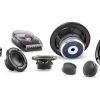

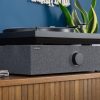
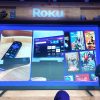




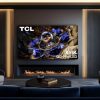

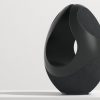










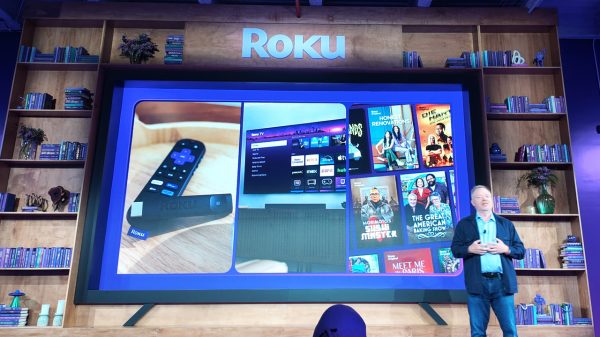
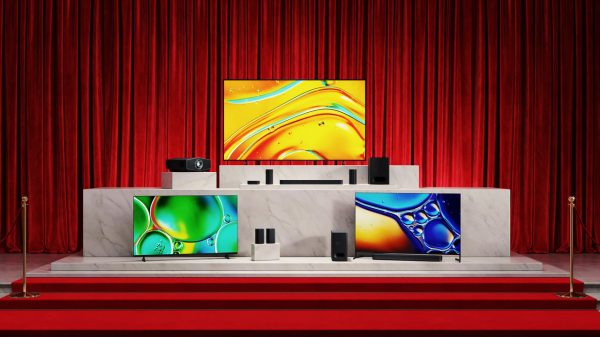


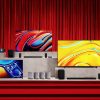


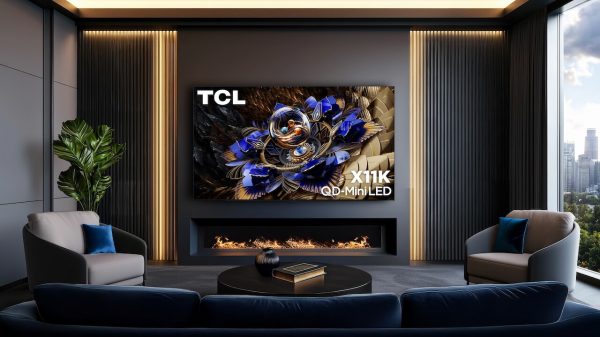
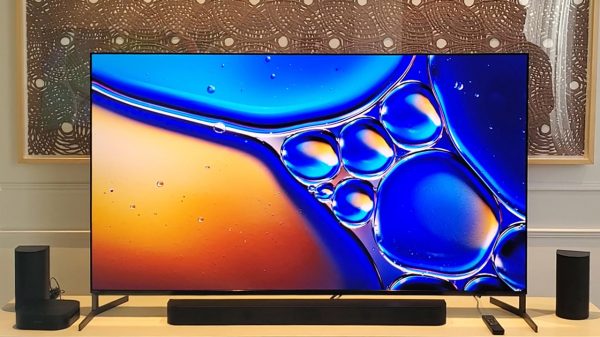












Chris Boylan
November 2, 2022 at 3:38 pm
Good stuff, Robert. Very comprehensive explanation.
Robert Silva
November 2, 2022 at 5:18 pm
Thank you very much.